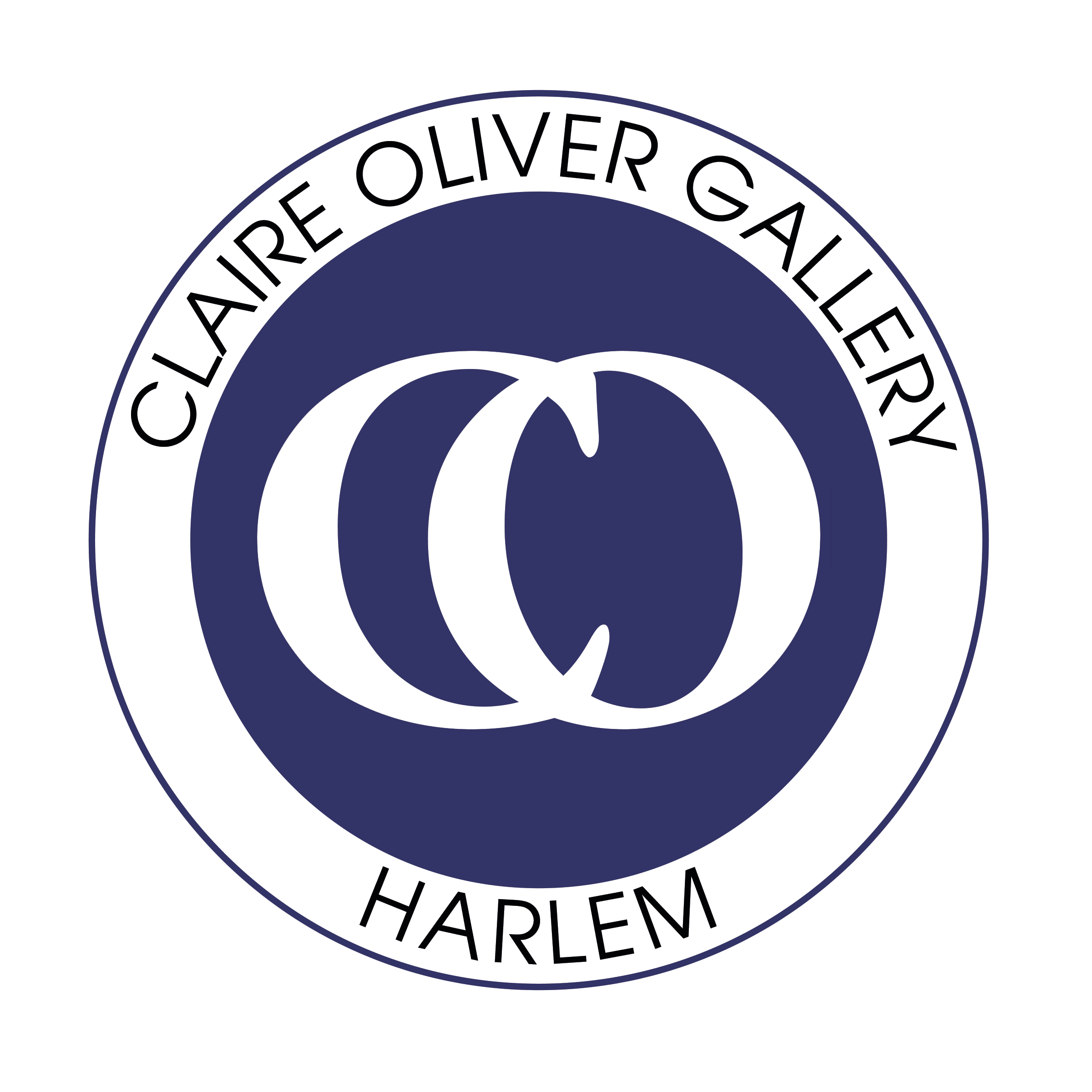In the arts, aesthetics is strangely devalued. In reaction to the conventions of European academic art, Modernism (late 19th c to mid-20th) rebelled against any idea that art should be “beautiful.” When I discovered in art school that beauty was beside the point, I was delighted to make ugly things! I was young, often angry, and miserable. It worked for me. But I quickly began to question the dogma that seemed more tyrannical than liberating. Being the daughter of a microbiologist and the director of a school for severely autistic children, I thought the undeniable desire for beauty was rooted in nature and inescapably human.
I studied aesthetics by reading and having my students explore it in their projects—sometimes to their chagrin! During this investigation, I read Dr. Anjan Chatterjee’s book, The Aesthetic Brain. My favorite part was when he confronted something that always bothered me: the notion of beauty being in the “eye of the beholder.”
“The question of whether beauty lies in the world or in our heads might be reframed as follows: what in the coupling of mind and world gives us the experience of beauty?”


